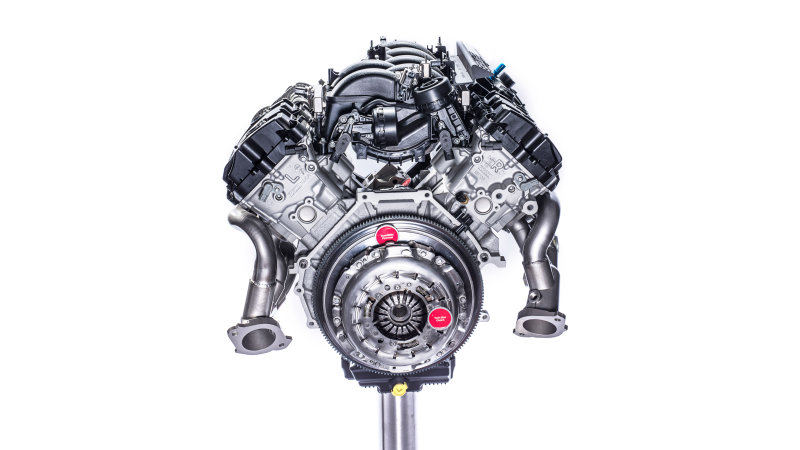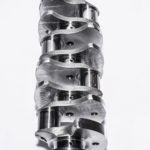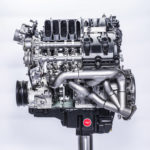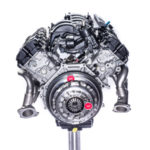Engineering the Flat-Plane Crank V8 in the GT350

It goes without saying that the flat-plane crank V8 in the GT350 and GT350R is something of a wonder. Not quite an 8th wonder of the world, but in the automotive universe, it is something special. It’s such a great engine, you may wonder why more V8 motors aren’t designed the same way. Truth be told, changing from a cross-plane traditional crank to the flat-plane unit is not as straight forward as it seems. How much does it share with the 5.0 Coyote motor? Only a handful of fasteners and a seal here and there.
Among the numerous engineering hurdles that Ford engineers needed to overcome were the vibrations. The unique firing sequence of a flat-plane crank engine means it has a lot of vibration issues. That’s easy to solve when you’re trying to keep vibrations away from the chassis, but not so easy when trying to keep nuts and bolts fastened. The standard vibration testing by Ford was amped up for the 5.2 litre V8 to ensure the added vibration didn’t affect any added accessories or components.
For performance, a benchmark engine was brought in from overseas. It’s a V8 that you’d normally find nestled in the back of a Ferrari 458. With that benchmark set, Ford over-delivered on its promise for 100 hp per liter, and made 526 hp and 429 lb/ft of torque. A high-flow intake and unique short-tube headers were utilized for the anticipated power numbers. New cylinder heads with unique intake and exhaust valves also help to move all that air in and out of the engine at the 8,250 redline. So really, it’s not just the crank that makes this V8 special.
Chime in with your thoughts on the forum. >>
Via [AutoBlog]



